It was during a particularly challenging vintage car restoration that I stumbled upon the surprising power of denatured alcohol. The project seemed doomed—I was dealing with an adamant layer of paint that no solvent seemed able to conquer. Not a fan of giving up, I tried denatured alcohol almost out of desperation, and the results were transformative. This revelation sparked a curiosity in me: could denatured alcohol be the unsung hero of paint removal? Join me as we uncover whether this solvent can revolutionize your paint-stripping toolbox.
What is Denatured Alcohol?
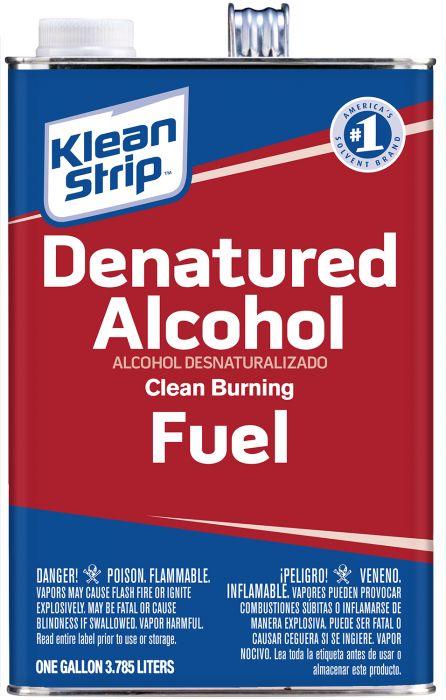
Back in my engineering days, I often used various alcohols in the lab, yet denatured alcohol always stood out due to its properties. I remember a project where I had to remove factory paint from a Jeep and discovered some unique characteristics of denatured alcohol that made the task surprisingly efficient. Did you know that denatured alcohol has unique characteristics that set it apart from regular alcohol? Unlike the drinking variety which is purely ethanol, denatured alcohol includes additives that make it unsuitable for consumption. This makes it affordable and ideal for industrial use.
The key properties of denatured alcohol that I found immensely helpful include its quick evaporation rate and minimal residue. Imagine working under the hood or on the Jeep’s frame and realizing that the alcohol evaporates in seconds, leaving a clean, dry surface. This characteristic was particularly beneficial for achieving a pristine finish without worrying about moisture interference. Moreover, denatured alcohol doesn’t leave behind a residue — a crucial factor when preparing a surface for a new coat of paint or another treatment.
Understanding these properties can significantly impact your paint removal strategy, offering a balance of efficiency and quality that’s hard to find in other solvents. This knowledge not only made the Jeep project successful but also opened my eyes to the broader potential of using denatured alcohol in various applications.
Why Use Denatured Alcohol for Paint Removal?
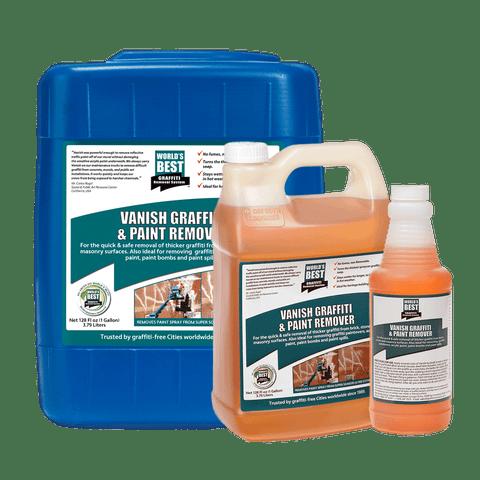
During a particularly challenging finish restoration, I stumbled upon the question: What makes denatured alcohol a superior choice for certain paint types compared to traditional solvents? Through trial and error, I’ve discovered the unique advantages of denatured alcohol, which has since become an indispensable part of my toolkit. Unlike harsh solvents such as acetone, which once irreparably damaged a delicate surface I was working on, denatured alcohol is both effective and gentle, adeptly removing paint layers while preserving the integrity of the underlying material.
My firsthand experiences have taught me that not all solvents are created equal. Denatured alcohol stands out for its versatility and precision. It reacts uniquely with different paints, often effortlessly breaking down surfaces without the unpredictability and aggressive action that other solvents can exhibit. This subtlety allows me to tackle projects with varying substrates, knowing that the denatured alcohol won’t damage the base layers I’m striving to protect.
For those embarking on restoration projects, whether you’re dealing with fragile antiques or complex modern finishes, denatured alcohol offers a reliable yet nuanced approach. Its ability to perform with such finesse has not only salvaged many projects for me but also expanded the scope of what I can confidently undertake. As I delve deeper into the nuances of paint removal, embracing denatured alcohol has proven to be a game-changer.
How to Use Denatured Alcohol for Paint Removal
Preparation

Ever wondered how a little preparation can make or break your paint removal project? This is not just a catchy phrase—it’s a stark reality I learned through hard experience. When tackling paint removal with denatured alcohol, the importance of preparing your workspace can’t be overstated. In one frustrating instance, I dove straight into using denatured alcohol without properly organizing my workspace. The result? Paint splatters targeted everything around me, turning cleanup into a bigger hassle. From then on, I vowed to always prepare the area beforehand. This involves thoroughly cleaning the surroundings and having all necessary materials, such as rags and paint stripping solutions, within easy reach.
This meticulous approach streamlines the process, saving both time and stress. It allows you to focus solely on the task at hand—cleaning with denatured alcohol—without unplanned interruptions. Trust me, having a well-thought-out plan transforms the experience, marking the difference between a smooth paint removal project and a chaotic mess.
Application Techniques
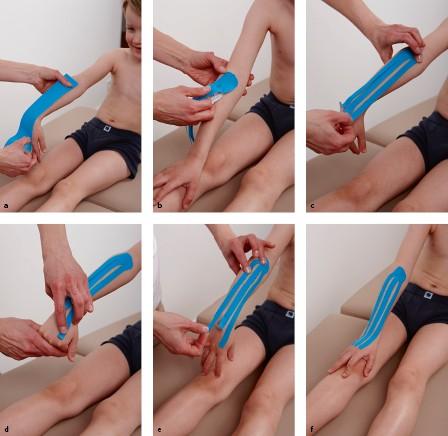
What’s the most effective way to apply denatured alcohol when stripping paint? Through my own experiences with projects like the Jeep restoration, I’ve discovered that the application method you choose can significantly impact the results. When dealing with paint removal, I’ve found that using a spray bottle is one of the best methods to strip paint. This approach provides an even coat and better coverage, especially on surfaces with intricate designs or hard-to-reach areas. In contrast, using rags often resulted in uneven textures and missed spots, making the process more cumbersome.
Testing these methods on inconspicuous areas first ensures compatibility with various paints, allowing me to tailor the technique to the material I’m working with. This strategic experimentation not only facilitates a more efficient removal process but also safeguards against potential damage to the substrate. Implementing these user-focused techniques will enhance the effectiveness of denatured alcohol, setting the stage for successful paint removal. Let’s now explore how to care for your surface post-removal.
Post-Removal Care
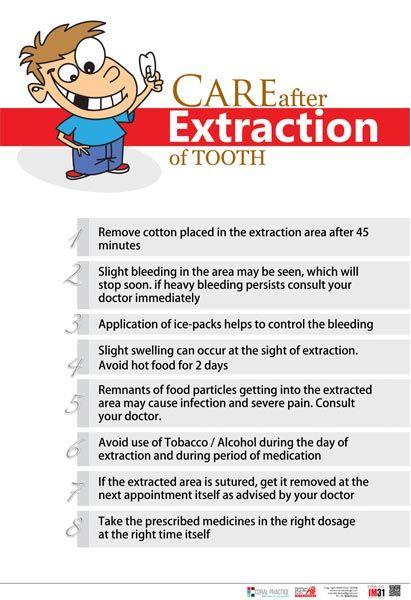
Think you’re done after the paint is stripped? Think again—post-removal care is crucial! I learned this lesson the hard way when I first stripped paint off a classic vehicle. Initially, I thought my job was complete with the last swipe of denatured alcohol. Soon, it became evident that the real work begins once the old paint is gone.
Proper post-removal care not only ensures a pristine surface but also sets the stage for a durable, new paint job. From my experiences, the key lies in the dilution of denatured alcohol to effectively clean any residuals. This step is crucial in preventing remnants of the solvent from affecting the adhesion and finish of the new paint layer.
This approach is supported by numerous users’ experiences with denatured alcohol, which consistently highlight the value of thorough cleanup. In effect, what seems like a minor step makes a major impact—and ignoring it could mean premature failure of the fresh paint.
By following this practice, I have ensured a successful restoration, leaving my vehicle’s surface ready for the next phase. Remember, post-removal care is the bridge between old and new, ensuring that your efforts lead to the best outcome possible.
Denatured Alcohol vs Other Solvents
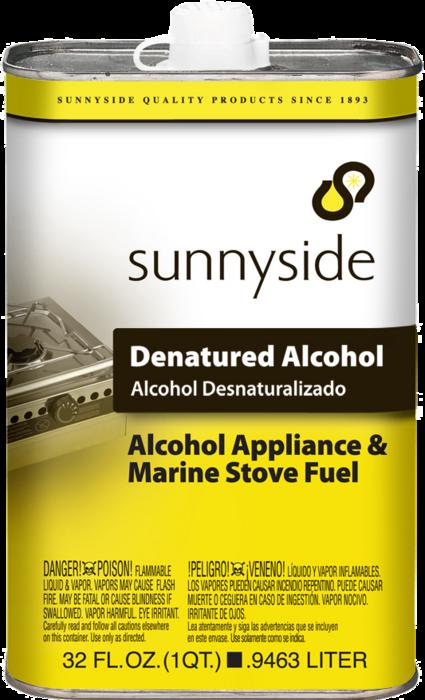
As I embarked on my journey of paint removal, I found myself pondering, What sets denatured alcohol apart from other common solvents like acetone?? From my personal experience, this question was not just theoretical—it stemmed from a frustration with acetone’s unforgiving harshness on delicate surfaces. What I initially needed was a solvent that combined efficacy with gentleness.
I vividly recall a project where acetone left a wooden piece too raw, almost marred by its own strength. That’s when I turned to denatured alcohol, skeptical yet hopeful. To my surprise, it struck a balance that was seemingly elusive: powerful enough to dissolve paint, yet gentle so as to preserve the underlying integrity of the surface. This revelation came as I watched layers of paint peel away, leaving no trace of damage behind.
Having navigated these solvents firsthand, I can confidently say that the choice between them often boils down to surface sensitivity and specific project demands. While acetone acts as a brute force, stripping down to the bare bones, denatured alcohol delicately negotiates the removal process. This makes it an attractive option for anyone wary of chemical aggression, as its application not only removes paint but leaves an undisturbed surface ready for the next creative chapter.
FAQs
Will Denatured Alcohol Remove Paint?
How Should I Use Denatured Alcohol to Remove Paint?
Are There Surfaces Where Denatured Alcohol Should Not Be Used?
What Precautions Should Be Taken When Using Denatured Alcohol?
Conclusion
Is denatured alcohol the ultimate paint removal solution? Let’s recap the key points. Looking back at my experiences, it’s evident that denatured alcohol is a force to be reckoned with in the realm of paint removal. Over the years, I’ve come to appreciate its versatility and effectiveness, particularly on less stubborn surfaces. When tackling a project, armed with this knowledge, you’ll recognize its qualities: being often gentler than harsher solvents yet powerful enough to get the job done.
I vividly recall restoring my first car with it, a process marked by stunning results that fueled my continued exploration of paint stripping methods. Denatured alcohol ranks high among the best methods to strip paint, offering a reliable and accessible approach for many DIY projects. However, as with any tool, understanding its limitations is vital. Through trial and error, I’ve learned that it shines on water-based and latex paints but might fall short against tougher, oil-based finishes.
Approach each task with this insight, and you’ll set the stage for success in all your paint removal endeavors.